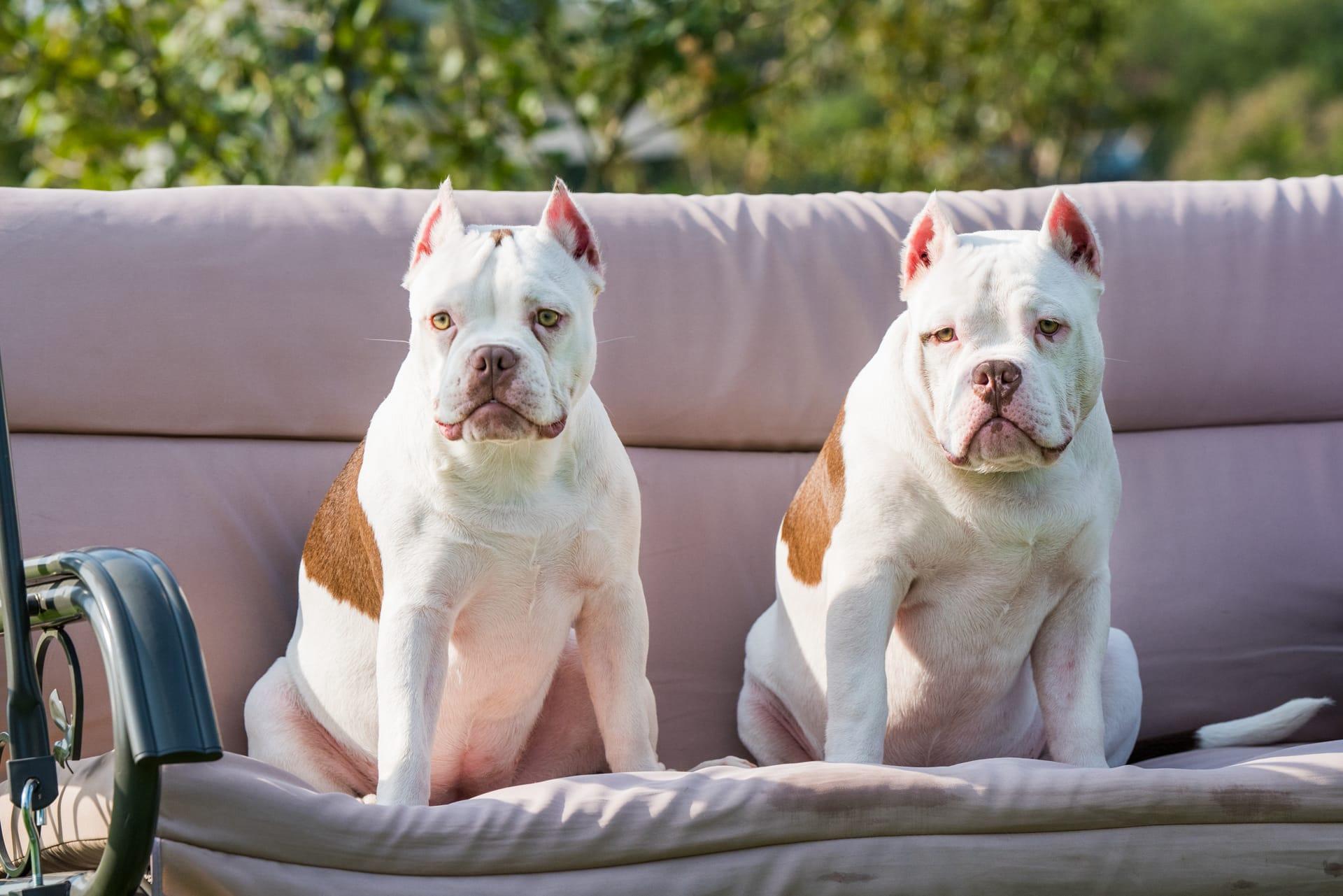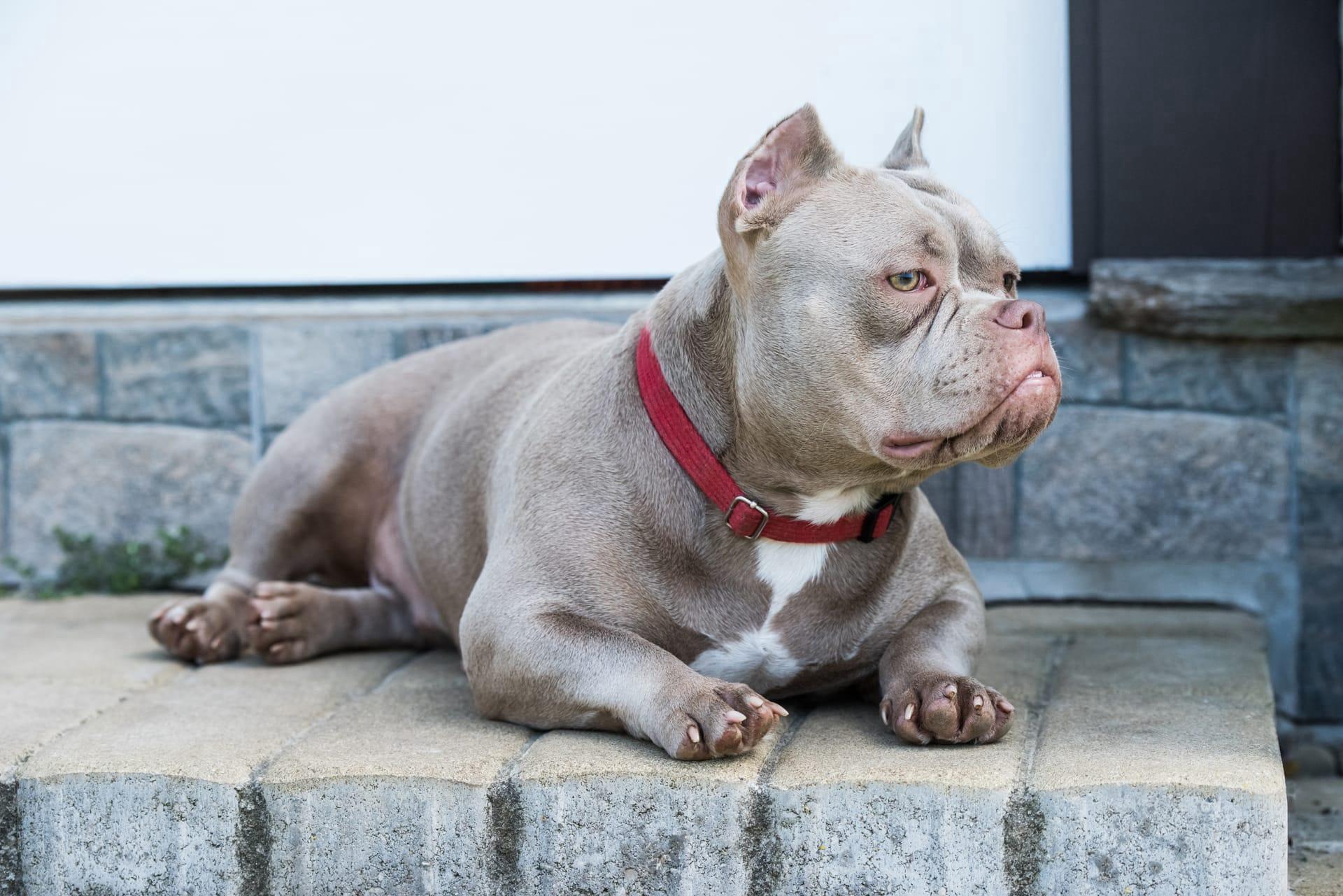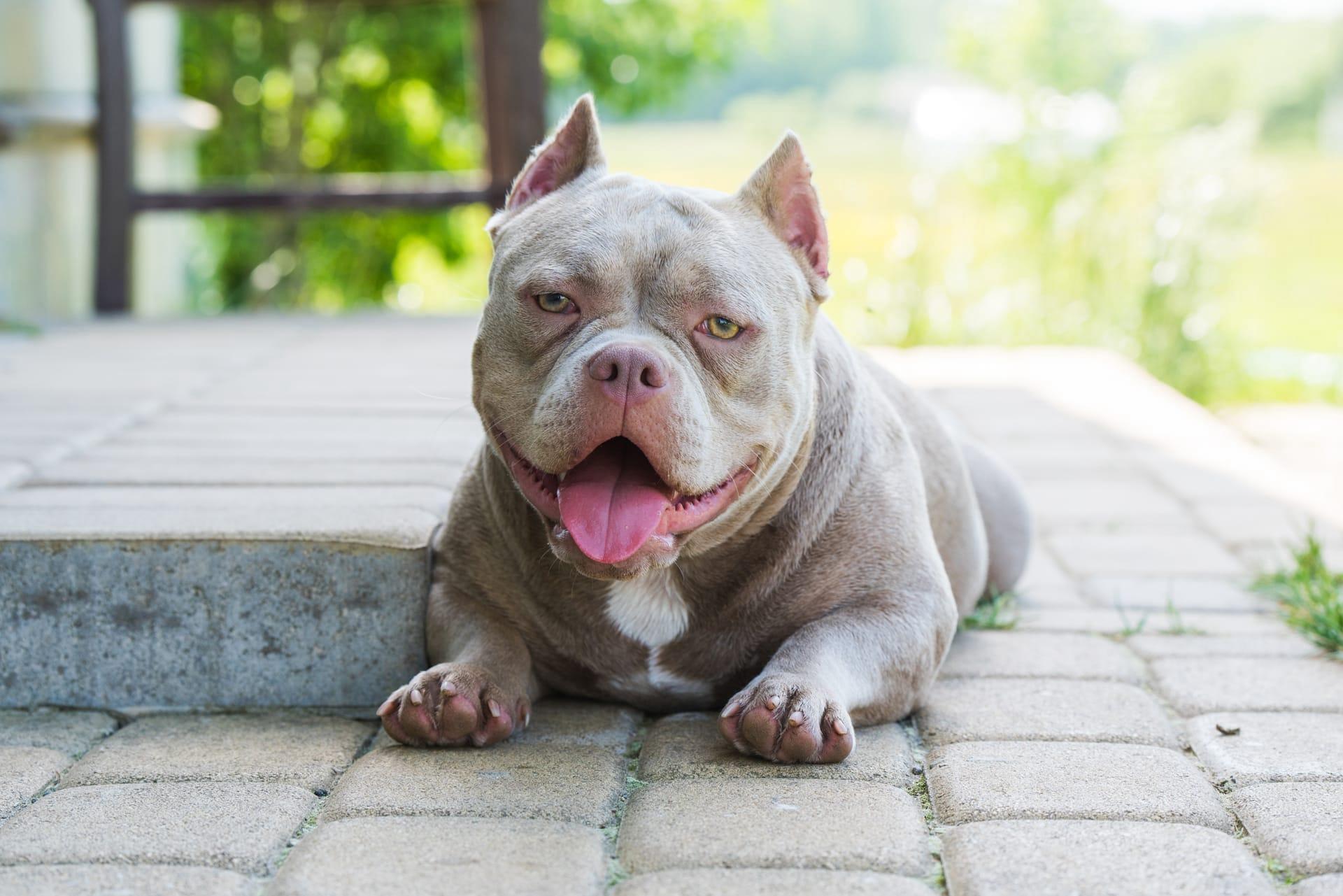1
Bulldogs, known for their stocky build and distinctive wrinkled face, have a surprising athletic history. Originally bred in England for bull-baiting, a sport where dogs fought bulls, they needed agility, strength, and a tenacious grip. Despite their aggressive past, today's bulldogs are quite the opposite. They typically weigh between 40 to 50 pounds, and their height usually doesn't exceed 16 inches. This transformation from athletes to companions showcases their adaptability and the breed's significant evolution over centuries.
Bulldogs have a unique feature: their tail, which comes in various shapes like straight, screwed, or curly. This tail variety is a result of selective breeding and genetic inheritance. A straight tail is considered ideal, but the screwed or curly ones are common and add to their charm. Unlike many other breeds, bulldog puppies are often delivered via Caesarean section due to their large heads and the mother's narrow pelvis. This peculiar reproductive aspect highlights the breed's specialized care and the dedication of bulldog enthusiasts.

2
Their distinctive face is not just for looks. Bulldogs have a condition called brachycephalic syndrome, due to their short snout and broad skull. This trait can lead to breathing difficulties and requires owners to be vigilant, especially in hot or humid weather. Regular vet check-ups are essential to ensure their respiratory health. Despite this, bulldogs have a life expectancy of 8 to 10 years, which is quite impressive considering their physical characteristics.
Another interesting aspect of bulldogs is their role in university life. The bulldog is the mascot for several American universities, like Yale University, where the tradition dates back to 1889. Yale's live mascot, Handsome Dan, is a cherished symbol and attends various university events. This mascot choice reflects the bulldog's strong yet amiable nature, embodying determination and loyalty, qualities valued in academic and athletic communities.

3
Bulldogs are known for their strong bond with children. They exhibit patience, affection, and a protective nature, making them excellent family pets. Their sturdy build allows them to withstand playful roughhousing, yet they are gentle enough to be safe around kids. This breed's temperament is a mix of courage and kindness, which is why they're often chosen as therapy dogs, offering comfort and support to those in need.
Despite their muscular appearance, bulldogs are surprisingly low-energy. They are not as active as other breeds and often prefer lounging around the house. Their exercise needs are minimal, requiring just a moderate daily walk to keep them healthy and happy. This laid-back lifestyle makes them well-suited for apartment living, as long as they have a cool, comfortable space to relax, as they are prone to overheating due to their short snouts.

4
Bulldogs have a rich cultural presence. In the United Kingdom, they're seen as a national symbol, representing determination and steadfastness. This image is rooted in their historical role during World War II, where they symbolized the country's resilience against adversity. Winston Churchill, with his bulldog-like determination, further cemented this association.
Their coat is another distinctive feature. Bulldogs have a short, smooth coat that comes in a variety of colors and patterns. The most common colors are brindle, white, red, fawn, and piebald. Their low-maintenance coat requires minimal grooming, making them a practical choice for individuals who may not have the time for extensive grooming. However, their skin folds need regular cleaning to prevent infections, reflecting their need for specialized care in certain aspects.

5
Contrary to their tough appearance, bulldogs are known for their loving and clownish behavior. They often form strong bonds with their owners and display a wide range of emotions. Bulldogs are not known to be barkers but will express their feelings through a variety of sounds like grunts, snorts, and even snoring, due to their brachycephalic facial structure.
Their facial expressions are remarkably expressive. Bulldogs can convey a range of emotions, from curiosity to joy, and even displeasure, making them quite the communicators. This emotional expressiveness, combined with their loyal and affectionate nature, makes them endearing companions. Despite their historical background as fierce competitors, today's bulldogs are more about snuggles and affection, illustrating the breed's fascinating evolution from combatants to beloved family members.